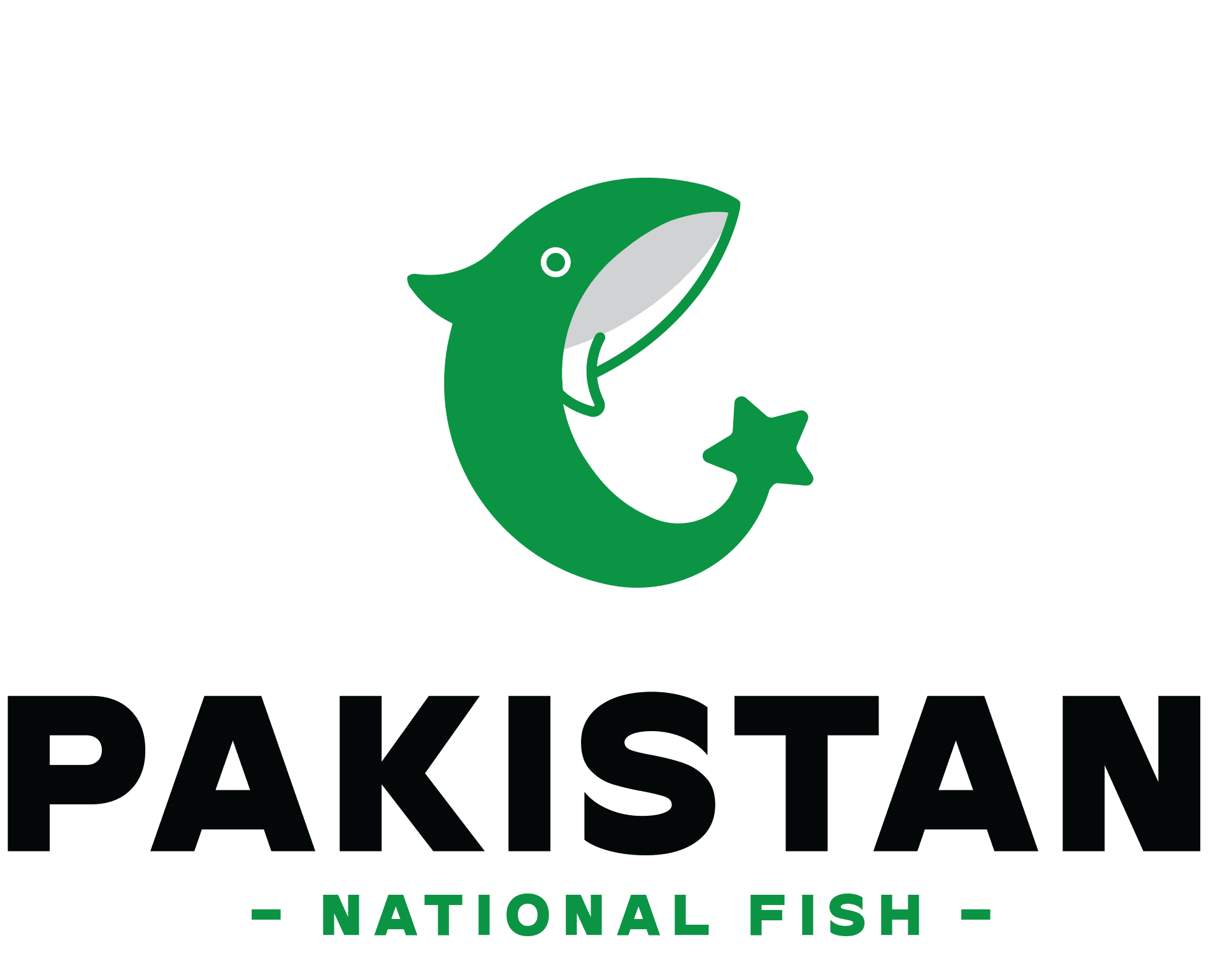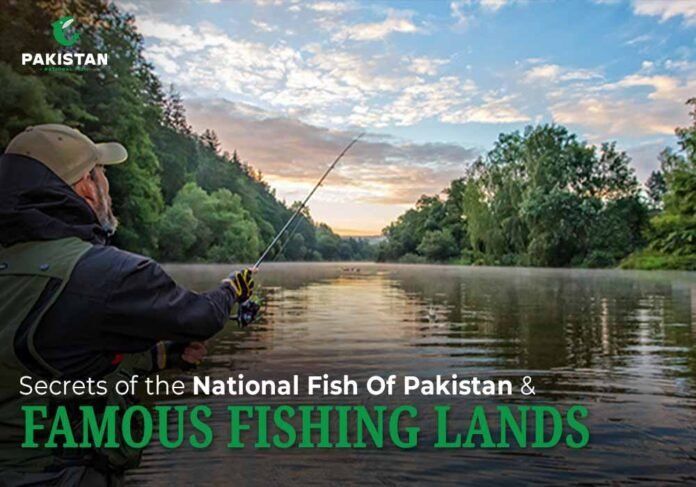The Mahseer, or the National fish of Pakistan, is not just a symbol; it is connected to our ecology, our history, and the obsession of the Pakistani angler in the best fishing tracts of the country.
Here, we will reveal its secrets and identify the best fishing areas in Pakistan among the general population and adventurous fishers.
The Majesty behind The “Historic Fish”
Why is Mahseer special? First, some natural history.
- The Golden Mahseer (scientific name Tor putitora) is one of the biggest cyprinids.
- It is found in the semi-cold and well-oxygenated freshwater rivers and streams of Pakistan provinces.
- Mahseer in the past has been linked to rivers like Swat, Panjkora, Indus, Kunhar, Siran, etc.
- It is even locally well-known, in Swat, among others, as the King of Swat, a symbol of power, strength, and wild water.
The Mahseer has been once considered both a game and heritage fish, a representation of an undisturbed, healthy river ecosystem because it is migratory and requires clean water. Unfortunately, it has been lost in Pakistan due to habitat loss, dams, pollution, and overfishing.
Conservation, such as fish reserves in the Poonch River, however, provides hope of recovery. Not only is the national fish of Pakistan a symbol, but also a living secret of our rivers – a heritage to be conserved.
Public Fishing in Pakistan: What You Need to Know
If you are an angler or nature-lover with an interest in casting a line, you will want to know how public fishing is carried on in Pakistan.
- You can fish with a legal license in most of the rivers, barrages, and reservoirs.
- Generally not open to any except by express permission or invitation, the fish farms or dams that are privately owned.
- Local guides are available in most of the northern and remote rivers; they are usually familiar with which stretches are in action and safe to fish.
- Nevertheless, in some locations, fish stocks are threatened by illegal means (nets, dynamite, electric fishing). Conservative movements are trying to restrict such devastating activities and keep open access to the fisheries by the masses in a sustainable way.
Therefore, when you are planning to go fishing, it is always advisable to inquire at the local fisheries departments or angling clubs, get the required permits, and observe good practices; if you find it possible, catch-and-release rather than fish on the spawning grounds, be aware of river seasons.
Pakistan’s Fishing Lands and Top Fishing Spots
The topography of Pakistan has been a treasure trove of fishing grounds, including mountain ranges, expansive river basins, and coastlines. The following are some of the most renowned and prospective locations, particularly, Mahseer, trout, and other desirable fish.
A. Northern Rivers & Mountain Streams
- Swat River / Kunhar River: These are considered to be the most well-known Mahseer and trout rivers. Clear and fast currents and rocky beds offer an exciting angling experience.
- Mahodand Lake: This alpine Lake (meaning Lake of Fishes) in the Usho Valley of the Swat is filled with trout, and its streams connect with rivers with the national fish of Pakistan.
- Poonch River (Azad Kashmir): Conservation work along a 100km stretch of river has limited destructive fishing and created sport fishing for Mahseer.
- Tarbela Dam / Indus & Siran confluence: Anglers used to fish Mahseer below the dam spillways where the tributaries enter the Indus.
- Tangrot (Jhelum Poonch confluence): A former hot spot of Mahseer in upper Punjab, which, however, has been partially flooded by dams, but its ancient reputation remains in the lore of angling.
B. Lakes & Reservoirs
- Lake Saif-ul-Muluk (Kaghan Valley): It is a lake mostly known to fish trout fishing, yet it has some beautiful fishing environments and surprises.
- Satpara Lake (Skardu) and glacial lakes in Gilgit-Baltistan: Trout, although some adventurous fishing is done on connecting rivers, where larger game fish have been taken.
C. Coastal and Marine Spots (Fatty Fish Territory)
Although Mahseer is a freshwater fish, Pakistan has another salty fish on its coastline, fatty fish, which is very rich in Pakistan:
- Surmai (Indo-Pacific King Mackerel): This is a popular fatty fish that can be found in the coastal areas of Pakistan and specifically in Karachi and Balochistan.
- Churna (Charna) Island: This Island is a popular dive and fishing site located off the Karachi coast. An association of game fishing in Pakistan has angling contests in the surrounding waters, and the different reef fish are found in the waters.
- Gadani Fish Harbour: It is one of the most important centres of commercial fishery of sea creatures in Baluchistan.
These are not Mahseer zones, but enhance the fishing scene of Pakistan, a cross between freshwater and marine fishing.
Why Mahseer Matters -Ecological and Cultural Value
The national fish of Pakistan is not just a trophy on a fishing reel; it is a very important ecological and cultural factor.
- Being a high-level freshwater game fish, it serves to stabilize the population of other smaller species, and it adds to the food web balance.
- Its spawning migrations (typically upward in monsoon rains between April and September) determine river connections – dams and water filters radically alter these cycles.
- Folklore, local identity, and even the prints in the regional heraldry (e.g., princely states traditionally used fish patterns) have incorporated the Mahseer into culture and history.
- It also benefits the local communities, public fishing tourism, and ecotourism, particularly in the remote north valleys, economically.
Due to its iconic status and sensitivity, the Mahseer is at times a flagship species: the conservation of the species can spare whole river ecosystems.
Clues and Hints to a Budding Mahseer Angler
When preparing to pursue the National Fish of Pakistan, the following are some of the secrets that the experts live by:
- Time of the year – The monsoon rain increases rivers and causes the Mahseer migration. Shoulder months (in or ahead of monsoon peaks).
- Be familiar with the ground & water level – Mahseer prefer riffles, rocky shelves, and broken streams around boulders. Below the rapids, there are deep pools that are good holding areas.
- Light to moderate tackle – Do not be extravagant in the weight. Mahseer took frequent strikes at small fish, flies, or insects.
- Keep a lookout for that explosion run – When hooked, the Mahseer are familiar with flying at rapids. Be prepared to let out and play the fish.
- Avoid spawning areas – Do not fish around gravel beds where eggs are laid. Let them reproduce.
- Release when able – This can be effective, particularly with large-sized fish – Serves to support stocks.
Concluding- A Plea to Anglers, Nature-Lovers and Citizens
The Mahseer fish is not just a symbol, but a secret of our rivers and is a measure of aquatic health, culture, and biodiversity in Pakistan. Our fishing grounds are varied and frail, though, that is, from Swat in his streams, down to Churna in her reefs. There is access through public fishing, but in a responsible manner. We should save our fatty fish and preserve the national fish of Pakistan for our future generation.


